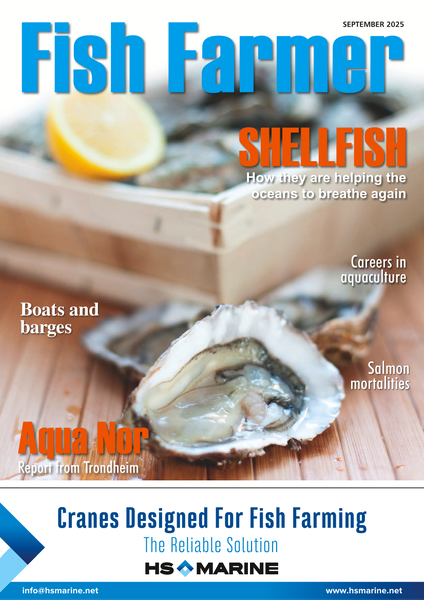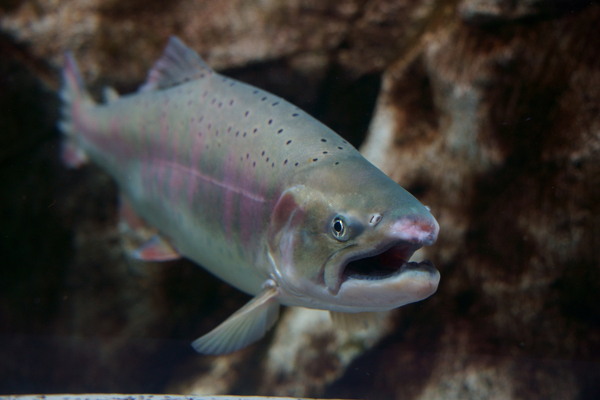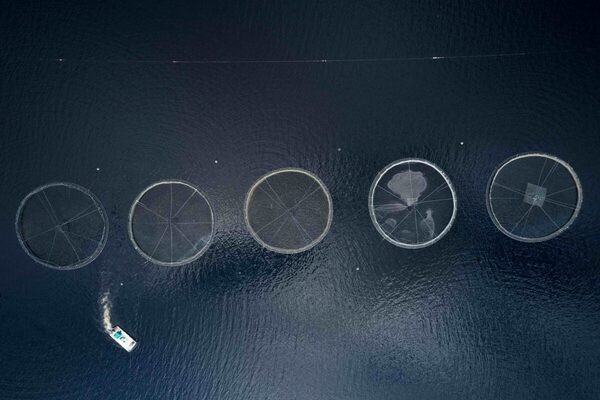The three Ts of innovation: Things Take Time
In previous ‘SAIC Comment’ pieces, we have talked about the conditions that need to be in place for innovation in our sector to thrive, such as the right physical infrastructure and active collaboration with international networks. But we haven’t mentioned the one thing that is arguably the most important: time.

The German poet Johann Wolfgang von Goethe famously coined the phrase “Ohne Hast, ohne Rast” - without haste, without rest. This concept of steady, determined, uninterrupted progress has been a crucial component of much successful innovation over the years.
Innovation is often a marathon rather than a sprint. It takes time. Sufficient time for fruitful conversations to take place, innovative ideas to emerge and develop, wrong turns to be taken and later dismissed, scientific lessons to be learned, and sometimes for a project to be granted that extra flexibility (in terms of time, investment or both) that it needs to reach its full potential, bringing the work to its most useful, commercially viable conclusion.
Continuity brings confidence. It creates a level of trust that means that public, academic and industry partners are willing to invest their resources in an innovative idea that might just work if given enough breathing space.
The SAIC team is well aware of the heightened impact that long-term, exploratory, securely funded research and collaboration can have:
• A SAIC-supported, revolutionary approach to seabed sampling, using DNA extraction and metabarcoding to demonstrate environmental compliance, started in 2017. Over the years, this initiative has enjoyed unprecedented collaboration between the industry, academics, and regulators, to arrive at a toolkit that puts Scotland at the forefront of this crucial area of fish farming operations.
• Our suite of research interventions on harmful algal blooms has evolved – since its 2022 beginning – into the realisation of an oceanographic model that will be of significant benefit not just to the fish farming sector, but to all forms of marine studies in the north and west of Scotland including Orkney and Shetland, such as for mussel farms, ecological studies and offshore energy models.
• In another display of continuity, SAIC has once again been part of the team that has brought a Scottish pavilion to Aqua Nor in Norway. It is important for us to be part of this community and contribute to these conversations – from the demo of a brand-new AI tool to a high-level discussion around inward investment – which keeps us relevant, well-connected, and able to provide the best possible service to our network.
Across the aquaculture-producing nations, a range of innovation hubs, initiatives, centres, cluster builders and partnerships have come and gone over the years. For these, predictable and continuous investment has always been the best platform from which to generate impact.
In Scotland, we are seeing encouraging signs that a long-term solution to the funding of aquaculture innovation is emerging – one that recognises the importance of continuity. We owe this progress to the strong commitment and foresight of both public, academic and private-sector colleagues.
We look forward to continuing to give promising aquaculture innovations the time and attention they deserve.
Why not try these links to see what our Fish Farmer AI can tell you.
(Please note this is an experimental service)




